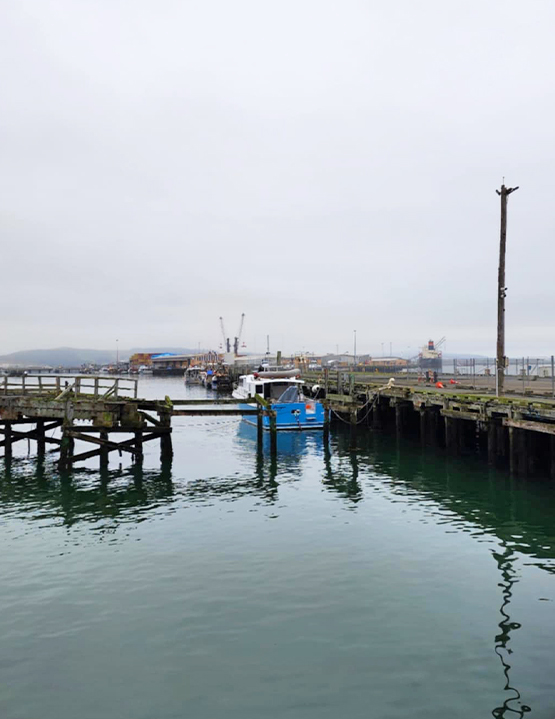Fiordland and Stewart Island/Rakiura hold deep cultural significance for mana whenua and local communities. A marine pest incursion could harm biodiversity, customary practices, aquaculture, tourism, and other marine-based livelihoods. Accessible, affordable, and compliant cleaning facilities are therefore critical to environmental protection and regulatory compliance.
The Boffa Miskell team delivered stakeholder engagement, data analysis, and a gap assessment covering infrastructure, regulation, and biosecurity. This included:
- mapping current practices and future demand;
- identifying barriers to compliance; and
- developing strategic recommendations to guide marine infrastructure investment and planning.
The study outlines a roadmap for upgrades such as travel lifts, bunded hardstands, and dedicated cleaning-only facilities, supporting cost-effective access and stronger environmental safeguards.
Although a strategic rather than physical design project, the work used co-design principles with extensive stakeholder engagement, including vessel owners, operators, and facility managers. Data integration from multiple sources was a key analytical component.
Limited fleet data, ageing infrastructure, and stakeholder dissatisfaction were addressed by combining datasets, validating information through interviews, and synthesising feedback into actionable recommendations. The project also addressed sensitive issues like cost and access by proposing equitable, scalable solutions.
Initially centred on Bluff Harbour, the scope expanded to the wider region to account for biosecurity risk and projected aquaculture growth. Innovative ideas such as a dedicated cleaning facility and travel lifts for fin-keel yachts draw on national best practice while fitting Southland’s unique conditions.
The assessment delivers an evidence-based, stakeholder-supported strategy that identifies critical infrastructure gaps and provides a cohesive strategy for improving marine biosecurity and vessel servicing in Southland.
